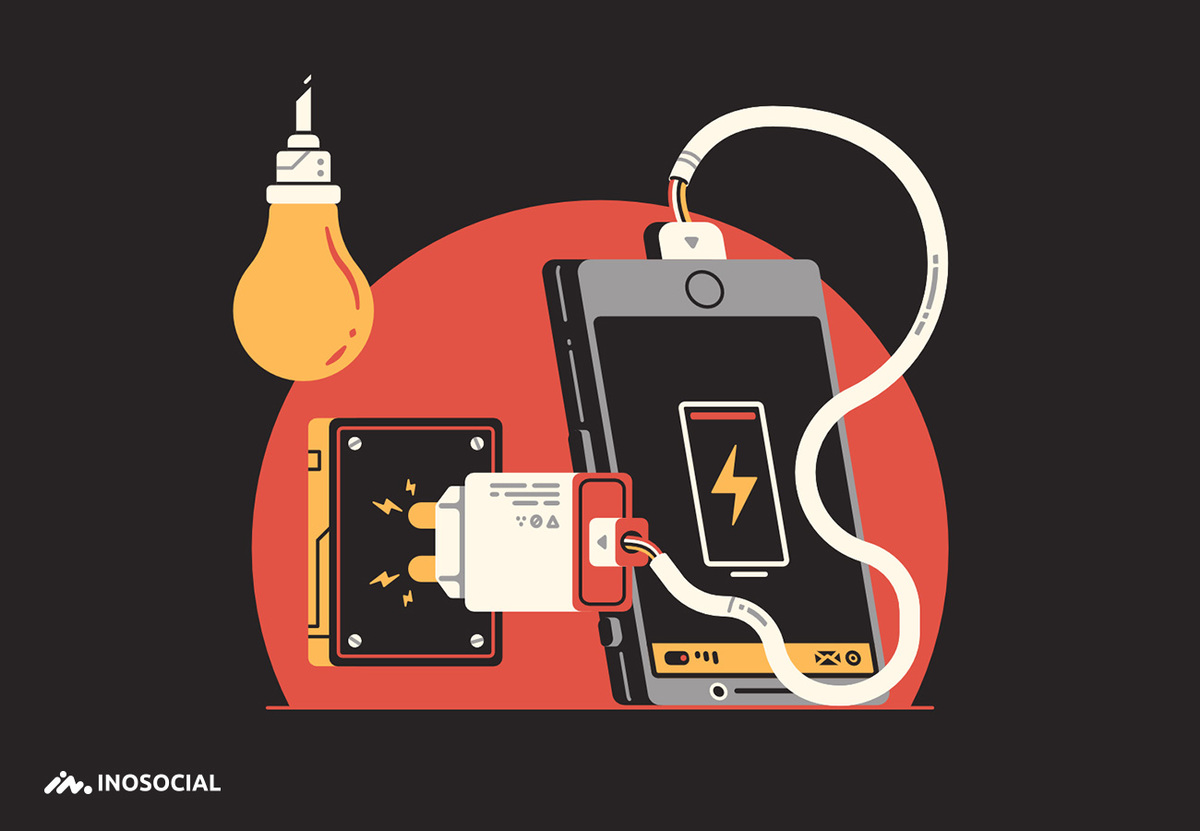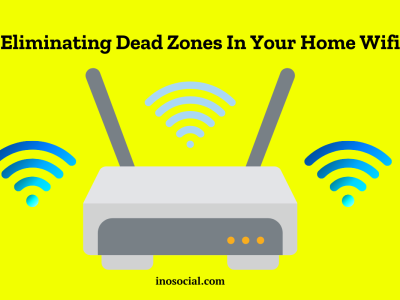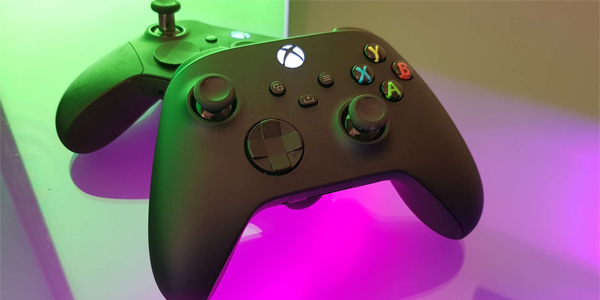If your ipad not charging through a power adapter or electrical outlet, you may have a problem with the cable. The first thing you need to check is whether the computer recognizes the iPad when plugged in. You should be able to find out more about this by contacting the service provider or carrier. There are a number of other ways to troubleshoot the issue.
If you suspect the charger is the problem, it is important to check the cable. The cable should be in a perfect circle and tucked away. If it has a bend or fray, you may need to replace it. The cable should also be kept away from stress or tangling. A good tip is to avoid beta updates and to make sure the operating system is updated.
The charging cable may be damaged or frayed. A new USB-C cable can resolve the problem. Sometimes, lint gets trapped in the lightning port of the iPad. When lint gets in the port, it causes resistance and stops the device from charging. If this is the case, you can use a toothpick to remove the lint. Do not use the toothpick aggressively, however, or you will damage the pins that connect the two devices.
To charge the iPad, you’ll need a USB power adapter, which is also known as an iPad charger block. This adapter connects to your device via a lightning cable, and comes with a wattage range ranging from 200 to 450 mA. The higher the wattage, the quicker your device will charge. But be sure to check the charger’s wattage range first before you purchase.
Why my ipad won’t charge?
The common question of some apple and ipad users is why won’t my ipad charge? There are many reasons why an iPad won’t charge. The charging port on the computer may not be receiving enough power to charge the iPad. Or, the battery meter may be malfunctioning. If none of these solutions work, try to contact Apple for help. There are also several methods you can try to solve the charging issue. If all else fails, you can try to connect your iPad to a desktop computer via a USB cable.
First, make sure the charging port on your iPad is clean. If the lightning cord is dirty, it will prevent the charging process. If the cable is not clean, it will prevent the iPad from charging. A clean Lightning port will help ensure that the charger can function properly. Then, plug the iPad into the charger. If you still have problems with the charging, try to remove the wall adapter and the lightning cable from the iPad.
Next, check the charging port. If it’s plugged into the USB port, the lightning cord should be connected. If there’s a small cut in the cable, it may damage the battery. Use a toothpick to clean the port. Using compressed air will help get rid of stubborn debris. If you’re able to do this, your iPad should charge. If not, the next step is to replace the battery.
How to fix ipad not charging?
There are several ways to diagnose a problem with your iPad that prevents it from charging. This problem may be caused by a small issue – a loose plug or a rogue app. The first step to fix the issue is to try charging the iPad using another device. You can test this by plugging in another device to see if it charges. If it does, you may have a larger problem causing the device to not charge.
The second step is to clean the charging port. It could be clogged with lint, dust or other materials. Use canned air or an anti-static brush to remove the debris. The best way to clean the port is to hold the iPad on its side so it is not pressed against the wall. To make sure that you do not scratch the port, use tweezers to gently clean it with a microfiber cloth.
The next step is to perform a hard reset. To do this, go to Settings>General>Reset and select the option “Reset”. If the problem persists, try performing a soft reset. If this doesn’t work, you can try a hard reset. To do a hard reset, press and hold the Home button and power button simultaneously. If the problem persists, repeat steps two and three.
You can also take the device to an Apple service center. Technicians at uBreakiFix will be able to diagnose and repair the problem for you. They are trained to repair all types of issues with iPads and will use high-quality replacement parts. If the problem persists, you should take it to a professional for a free diagnostic. Once you have a diagnosis, you can then proceed to the next step.
If the problem persists, you can try another solution. You can try connecting the iPad to a wall outlet. It is important to make sure that the cable is plugged into the wall outlet correctly and that it is plugged into the original iPad charger. A wall outlet must be surge-protected to ensure that the iPad is charged. Moreover, the cable should not be bent in any manner. You can roll it in a circle or an oval shape.
The first step is to try to change the power source. Try plugging the device into another computer to charge it. This should help. You should also try to clean the Lightning port. The problem might be with the computer. Check that the cable is intact. If you are sure, restarting the device may help you find the problem. It may even be the cause of the charging problems. If the battery has a faulty USB port, you can also perform a hard reset to get it back to normal.
What If My iPad Won’t Charge Past 1%?
If your iPad won’t charge past 1%, you may need to replace the battery. If this is not the problem, you can visit an Apple Store Genius to have the device diagnosed and to check its warranty status. If you are using an Apple-supplied wall adapter, you should still get the ‘not charging’ message even after plugging your iPad into a USB port. If you are seeing the message while plugged into a USB port, the wall adapter is probably faulty.
Alternatively, you may be able to troubleshoot the problem yourself. First, check the charger that’s plugged into the iPad. If it doesn’t charge past 1%, it may be a weak or damaged charger. Secondly, try a different charger for your iPad. If all else fails, try restarting your device by holding the power and home buttons together until you see the Apple logo.
If you’re not able to charge your iPad through the adapter or electrical outlet, it might be the charging cable. To check the cable, you can try plugging it into a computer. If you connect your iPad to a PC, you’ll notice that it doesn’t respond to the plug. Then, try connecting your iPad to a different power adapter. This should solve the problem, but you’ll need to check the connection between the two devices.
How Do I Clean Out An iPad Charging Port?
You can clean out the charging port of your iPad by using a plastic or wooden toothpick. Do not use a plastic toothpick because it will damage the sensitive components inside. Alternatively, you can spray the charging port with compressed air. You should remember to hold the can upright to prevent water from entering. To make sure you get all the dirt out of the port, you should clean it as thoroughly as possible.
First, you need to clean the charging port. If it is dirty, use a toothbrush or an anti-static brush to get rid of the debris. Hard objects can cause damage to the charging port. A round-tipped toothpick is the most suitable choice for cleaning this area because it has no sharp edges. Once you have cleaned the port, you should try to dry it thoroughly. If you find that the cleaning is still not enough, use an anti-static cleaner.
Once the port has dried, you should use a new brush to clean it. If the charging port is plugged in, it must be cold. If it is too cold, the iPad may not function properly. The display will become black and charging may slow down or stop completely. Regardless of the cause, the problem can be solved. To solve the problem, you should replace the charging cable. But if you don’t have a USB-C cable, you can visit uBreakiFix and get your device fixed. They are experts in repairing all kinds of problems on iPads, so you can have your iPad fixed quickly and affordably.
How to charge ipad without charger?
do you know how to charge ipad without charger? If your iPad won’t charge through an electrical outlet, you can try connecting it to a USB port on a computer. Many newer computers have a high-power USB port, so you can try plugging your iPad into this port. Note that your iPad won’t charge as quickly as with a wall adapter, so this method may take a while. If the battery status shows “Not Charging,” try turning the iPad off and plugging it back in.
Your iPad might be having issues charging, but there are a few solutions to the problem. If you don’t have an iPad charger, you can always borrow one. Another option is to find a USB charging cable at a nearby store. You can also try a different Lightning cable, which is available at many online stores. If you can’t find one at home, you can buy one at Payette Forward.
If you still can’t charge your iPad, check the charging port. It may be clogged with dust, lint, or other materials. If this is the case, you can try cleaning it with canned air or a special brush. Make sure that you’re not touching the USB port, as it’s very sensitive. If you still have the same problem, you can try the tips below to find a solution.
how many watts is an ipad charger?
You may be wondering how many watts is an ipad charger. It is possible to get a 35W adapter for your device. However, most iPads only use about half that amount. Most devices will stop charging after 80%, so if you want to use a high-powered wall charger for your iPad, it is better to choose a lower-power adapter. This is because the 80% charge is a crucial stage for tablet health.
The power output of your iPad charger is measured in watts. As a general rule, higher wattage adapters are better for older iPads. For example, the latest iPad Pro models can charge at 30 volts. In addition, you can get a higher wattage adapter for your iPad to accommodate faster charging. You can also buy a high-wattage adapter for your larger device.
The watts of an iPad charger vary widely. The highest wattage adapter is usually safe to use and more expensive. Some iPad models can charge at 30 volts, but a higher wattage adapter is better for charging larger devices. The difference is usually not that big. If you need more power for your iPad, you can choose a higher-wattage model. The higher the rated a charger is, the faster it will charge.
for those who want to buy ipad charger cord…
If you’re thinking about buying an iPad charger cord, you’ve probably noticed the high price tag. Apple makes several types of cables, but the ones that come with the iPad aren’t always the best choice. While you might be tempted to buy the one that came with your tablet, you’d be better off going for a different type. A USB-C cord is the most popular and compatible with all models of the tablet.
A 30-watt charger is suitable for many iPads, but some iPads require more. The best option is to use an adapter that offers a higher wattage. PD is USB Power Delivery, which is compatible with all devices. Depending on the size of your device, the charger that you choose will differ in speed. The amount of wattage will also determine how quickly the device will charge.
You’ll need a USB power adapter to use an iPad charger. Some chargers have a higher wattage than others, but a 30-watt charger will usually do just fine. Some chargers also have more than one port for charging other devices. If you want to use your iPad for a longer period of time, you’ll need a higher wattage adapter. But you can always get a 30-watt charger from your local electronics store.











